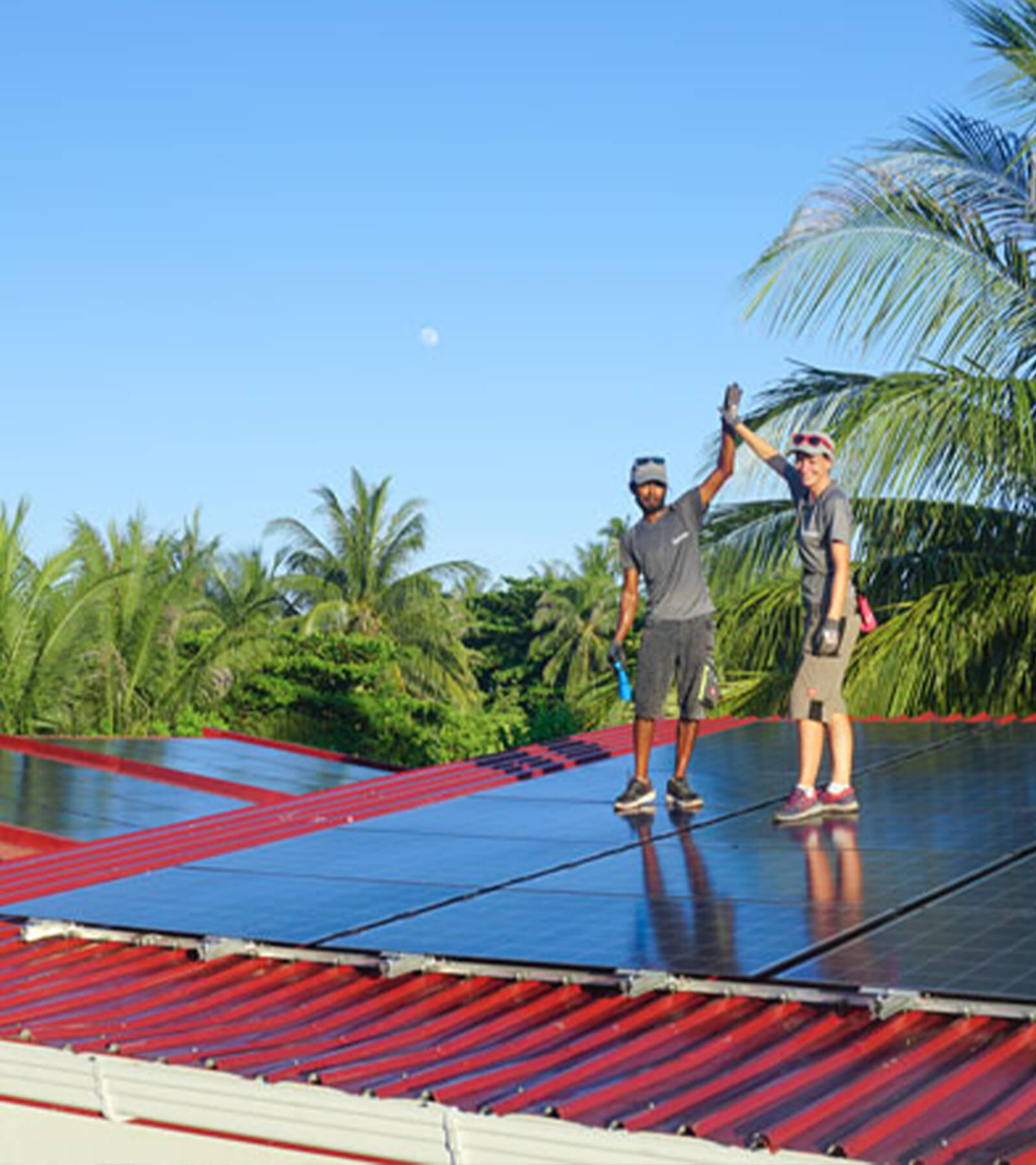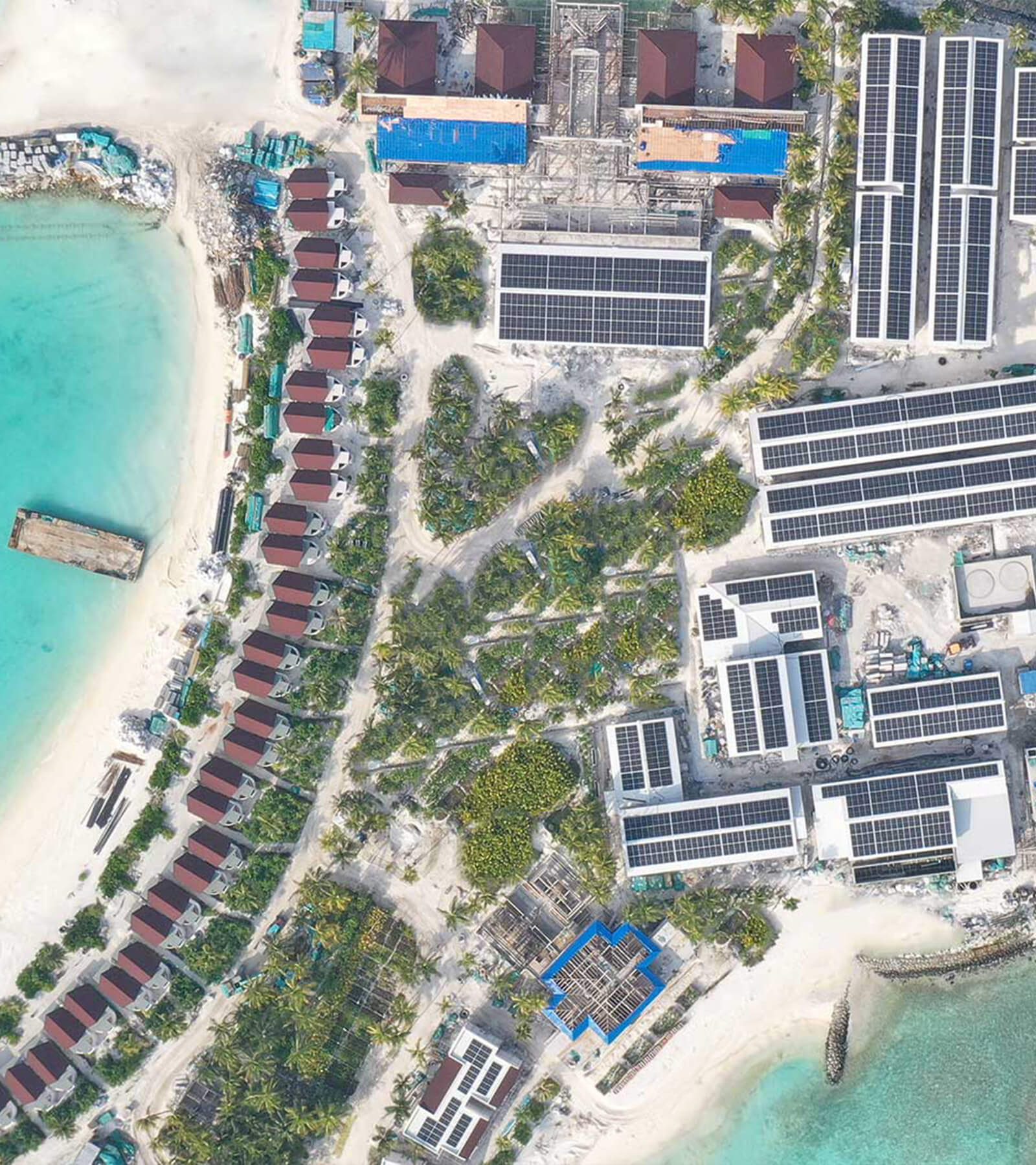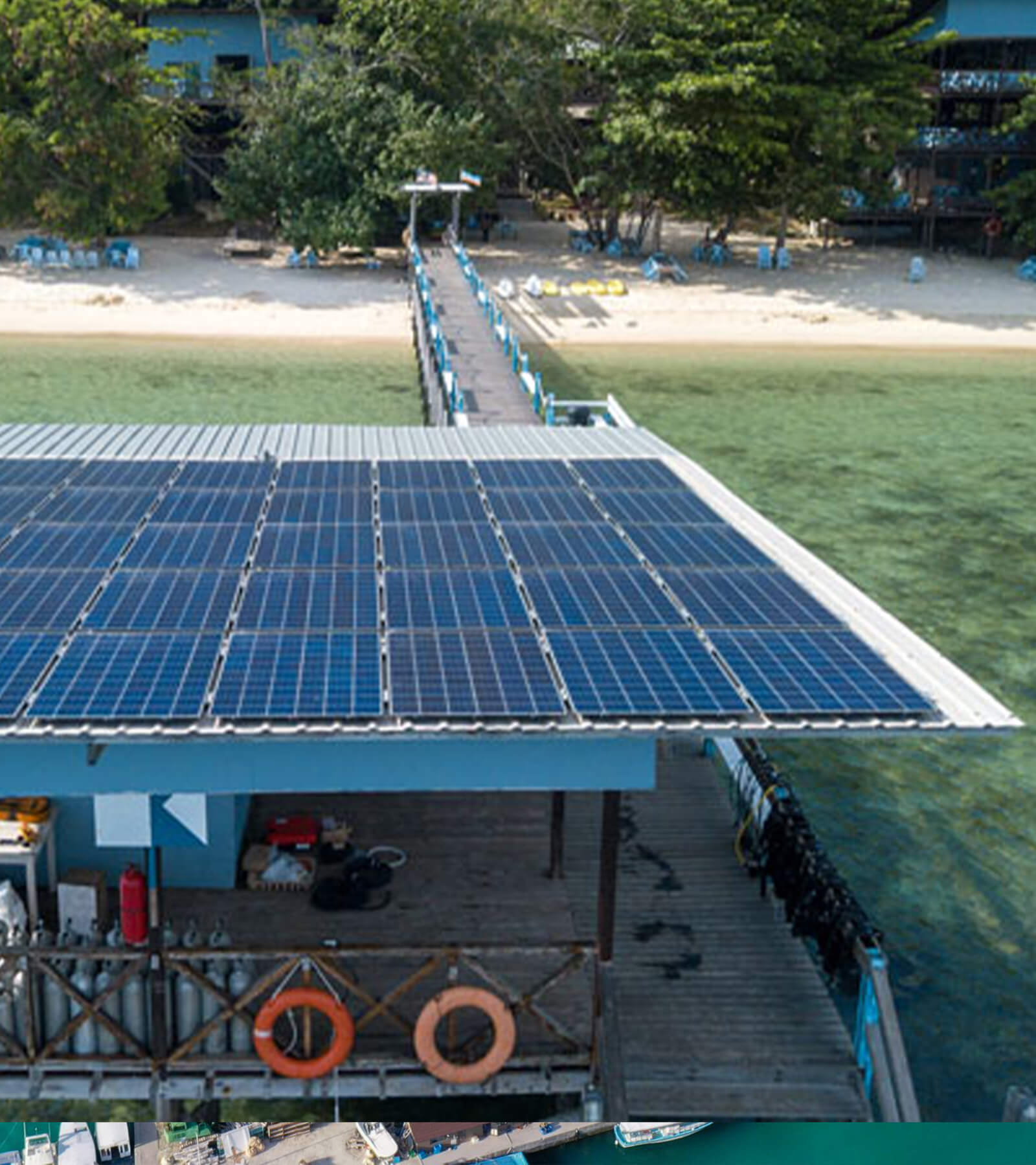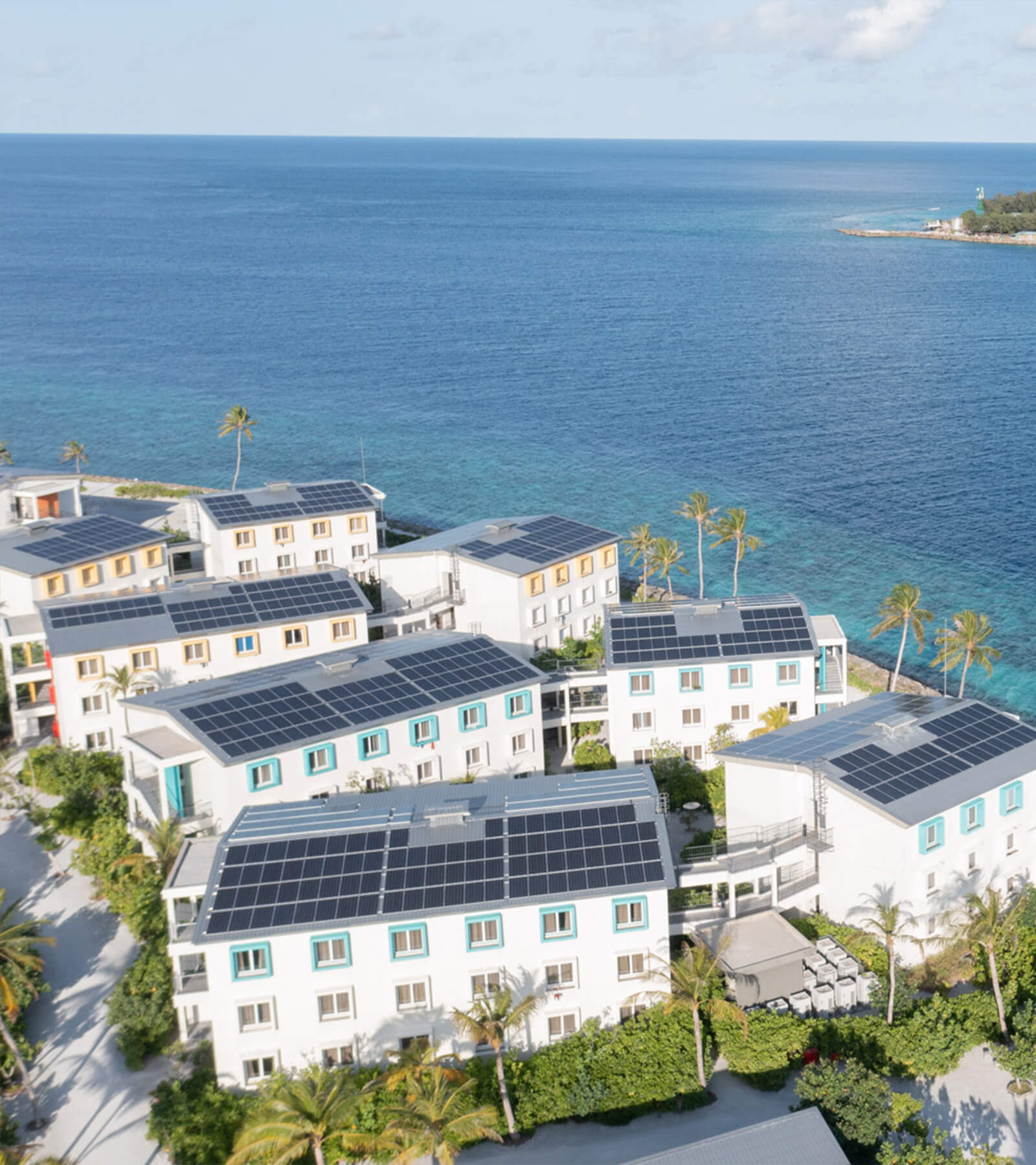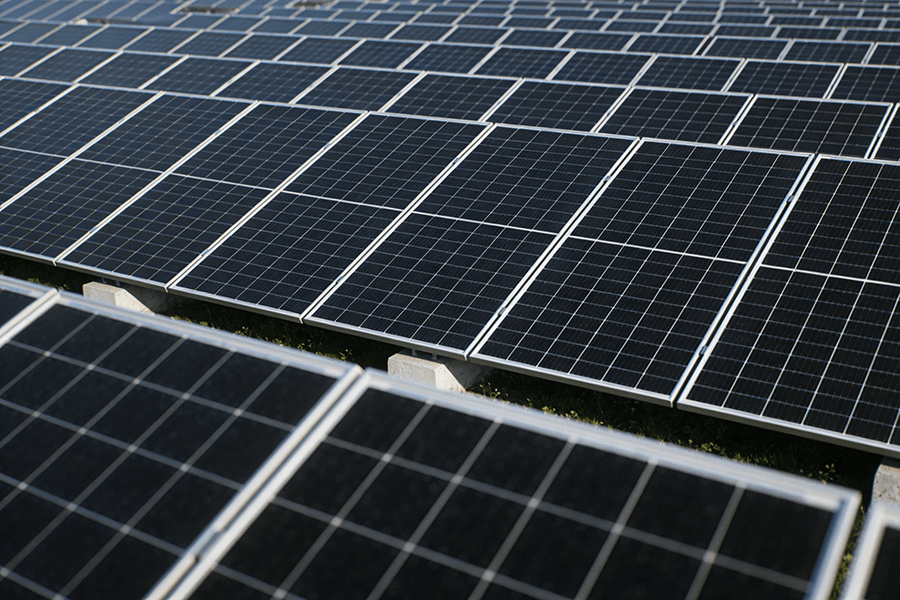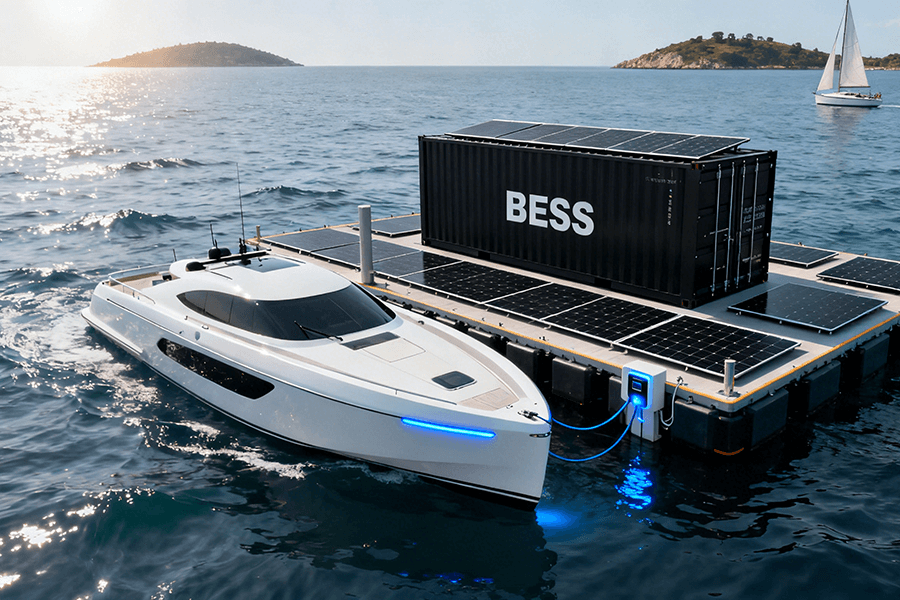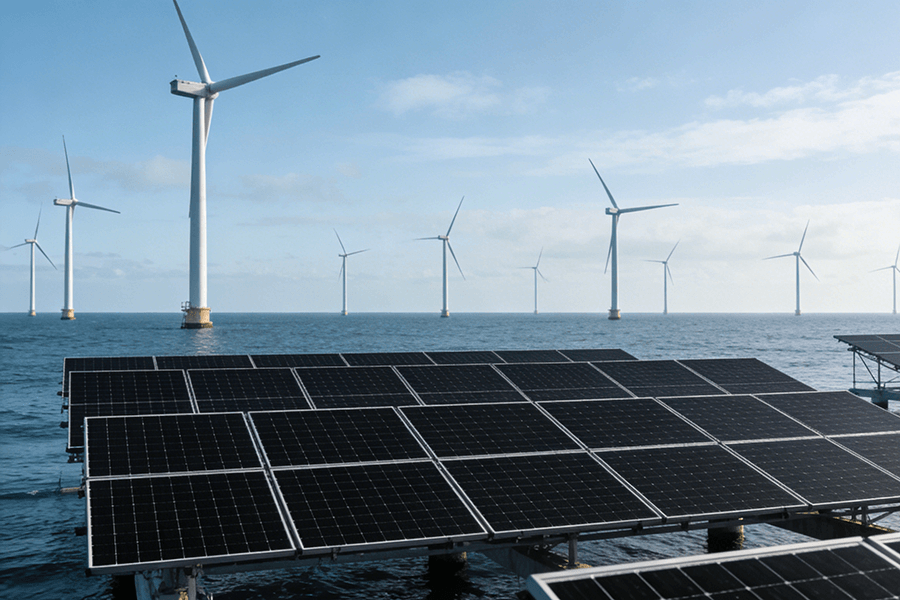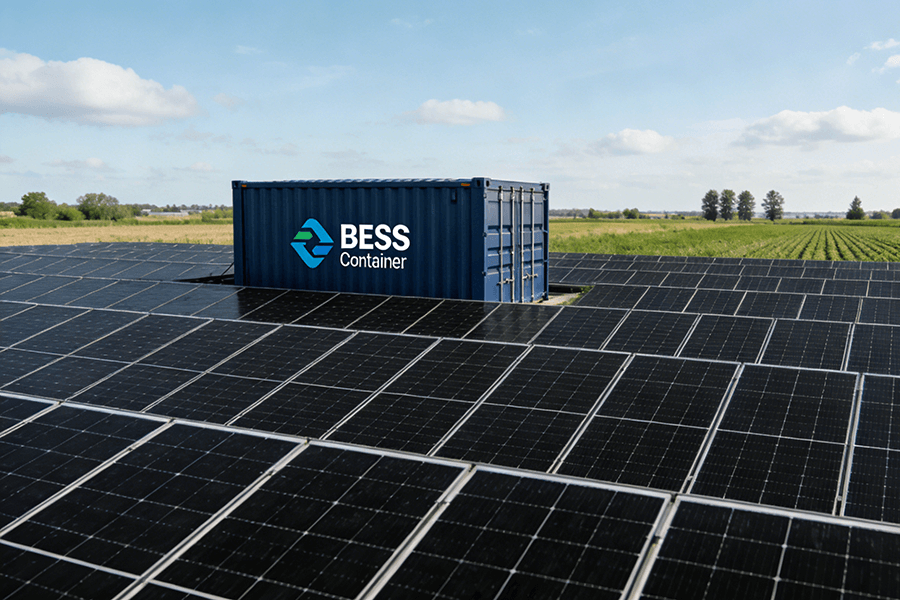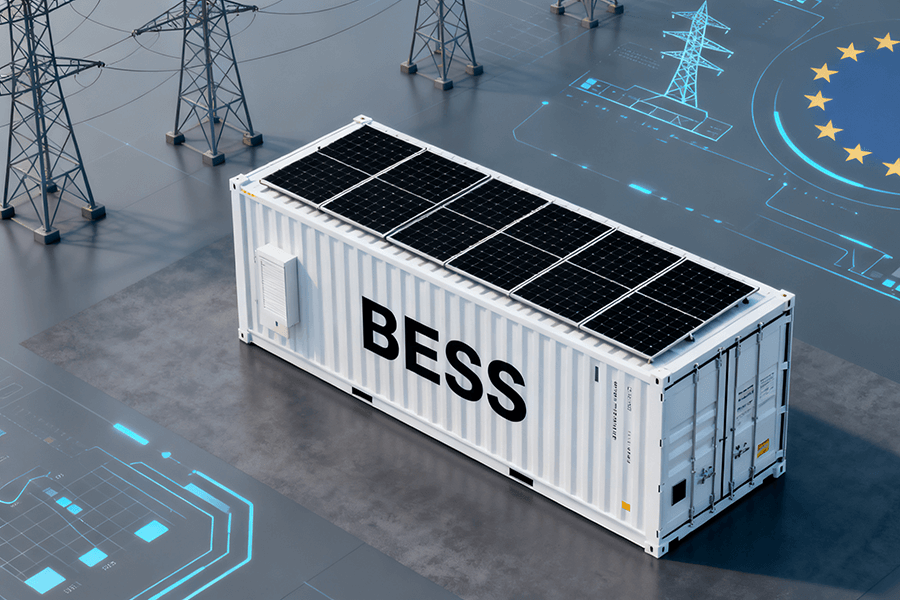
The Grid’s “Pre-Boot” Crisis (And Diesel’s Costly Shortcomings)
Imagine the EU’s interconnected grid as a 4,000+ GW supercomputer. When it crashes (a “full blackout”), you can’t just press “restart”—you first need auxiliary power to activate transformers, control panels, and safety systems. This “pre-boot” step is non-negotiable: without it, even the most powerful black start plants (e.g., a 500MW hydro plant) can’t connect to the grid.
For decades, diesel generators were the default for this task—but they’re a flawed solution, akin to using a flip phone to launch a satellite. Here’s why:
- Slow response: Diesel generators take 5–10 minutes to reach full output (due to engine warm-up cycles), while every minute of delay costs the EU economy ~€30 million in lost productivity .
- High emissions: A single 100kW diesel generator emits 2.5 tons of CO₂ annually—a major barrier to the EU’s 2030 net-zero goals .
- Reliability gaps: According to ENTSO-E (the European Network of TSOs), 30% of black start delays stem from inadequate auxiliary power (e.g., fuel shortages, generator breakdowns) .
- Hidden costs: Diesel fuel prices in the EU averaged **(5.20/gallon in 2025** (up 23% from 2023 ), and maintenance for diesel units adds )18,000/year per generator .
The EU’s average black start recovery time currently stands at 16 hours—equivalent to an entire workday of blackouts for households and businesses. This is where BESS containers step in: plug-and-play, ultra-fast, and cost-effective, they’re the grid’s new “first responders.”
How BESS Containers Revolutionize Black Start Auxiliary Power
BESS containers are not just “large batteries”—they’re precision-engineered systems optimized for grid restart. Below is a breakdown of their technical and operational advantages, supported by EU case studies.
Fast Auxiliary Power: 100ms Response Time (vs. Diesel’s 10 Minutes)
In black start scenarios, speed is survival. BESS containers deliver 480V/230V auxiliary power in <100ms—faster than the human eye can blink. This is possible because BESS uses solid-state battery technology (no moving parts) and grid-forming inverters that sync with substation systems instantly.
Real-World Impact: Germany’s SUREVIVE Initiative
Germany’s TSO, Amprion, partnered with Schoenergie and HiTHIUM to deploy 21MW/55MWh BESS containers at a 500kV substation in North Rhine-Westphalia. The goal? Cut black start prep time for the substation (which powers 1.2 million households). The results were transformative:
- Prep time dropped from 15 minutes to 9 minutes (a 40% reduction).
- The substation met ENTSO-E’s “black start readiness” target for 12 consecutive months (a first for the region) .
Table 1: BESS vs. Diesel—Auxiliary Power Performance Benchmark
|
Metric
|
BESS Container
|
Diesel Generator
|
Key Advantage
|
|
Response Time
|
<100ms
|
5–10 minutes
|
3,000x faster
|
|
Black Start Prep Time
|
9 minutes
|
15 minutes
|
40% reduction in delay
|
|
Emissions (per year)
|
Near-zero
|
2.5 tons CO₂
|
Aligns with EU net-zero
|
|
Fuel Dependence
|
None
|
Requires diesel fuel
|
Eliminates supply risks
|
Low-Voltage Grid Support: Powering Rural Communities (No Diesel Trucks Needed)
Rural low-voltage grids (230V/400V) are often the last to recover from blackouts—they’re geographically dispersed, hard to access, and too small for large black start plants. Small-scale BESS containers (100kWh–500kWh) solve this by acting as “micro black start hubs.”
Why BESS Works for Rural Grids
- Compact design: A 350kWh BESS container fits in a standard parking space (no concrete foundations required).
- Off-grid capability: Operates independently of the main grid, making it ideal for remote areas.
- Weather resilience: Built to withstand EU’s extreme conditions (e.g., -25°C in Polish winters, 40°C in Spanish summers) .
Case Study: Poland’s Rural Grid Revitalization
Poland’s DSO (Distribution System Operator), Energa, deployed four 350kWh BESS containers across rural regions of Mazovia. Prior to BESS, rural blackout recovery took 8 hours (due to diesel delivery delays in snowstorms). After deployment:
- Recovery time dropped to 4 hours (a 50% reduction).
- Diesel fuel consumption for auxiliary power fell by 92% (saving Energa €45,000/year) .
💡 Key Insight: For rural EU regions (which cover 60% of the bloc’s land area), BESS containers are the only feasible way to meet the EU’s 2030 “2-hour rural blackout recovery” mandate .
Economic & Operational Benefits: BESS Saves Cash—And Earns It Too
BESS containers aren’t just a technical upgrade—they’re a financial win for TSOs/DSOs. Below is a detailed breakdown of their cost savings and revenue-generating potential.
Cost Savings: 35% Cheaper Than Diesel Over 10 Years
Diesel generators have “hidden costs” that add up: fuel, maintenance, transport, and disposal. BESS containers eliminate these, with a 10-year total cost that’s 35% lower than diesel.
Case Study: Spain’s Galp Energy Cost Cut
Spain’s Galp Energy replaced diesel auxiliary generators at 3 substations (in Catalonia, Andalusia, and Valencia) with 500kWh BESS containers. The results:
- First-year savings: €150,000 (from reduced fuel and maintenance).
- 10-year projected savings: €1.5 million (enough to fund two new rural grid projects) .
Table 2: 10-Year Cost Comparison (Per Substation)
|
Cost Category
|
BESS Container
|
Diesel Generator
|
Total 10-Year Savings
|
|
Fuel Costs
|
€0
|
€840,000
|
€840,000
|
|
Maintenance (parts/labor)
|
€70,000
|
€180,000
|
€110,000
|
|
Installation & Deployment
|
€30,000
|
€20,000
|
-€10,000 (minor tradeoff)
|
|
Total 10-Year Cost
|
€100,000
|
€1,040,000
|
€940,000 (35% lower)
|
Dual Revenue Streams: From Black Start Hero to Grid Profit Center
Unlike diesel generators (which sit idle 99% of the time), BESS containers generate revenue during normal grid operations. The most popular use cases are:
- Peak shaving: Storing cheap off-peak power (€0.12/kWh) and selling it during expensive peak hours (€0.32/kWh) .
- Frequency regulation: Providing fast voltage support to the grid (earning €80–150/MWh)
Case Study: Netherlands’ TSO Revenue Boost
Netherlands’ TSO, TenneT, deployed a 500kWh BESS container at a 110kV substation in Utrecht. While its primary role is black start auxiliary power, it also:
- Earns €10,000/year from peak shaving.
- Generates an additional €6,000/year from frequency regulation.
- Has a payback period of just 4.2 years (vs. 12 years for diesel) .
Maxbo Solar: Your Trusted Partner for EU Black Start BESS Solutions
At Maxbo Solar, we’ve specialized in engineering BESS containers for EU grid resilience since 2023—and we’re proud to be a trusted supplier to 8 EU TSOs/DSOs (as of 2025). Here’s how we stand out:
Our Black Start-Ready BESS Containers: Built for Europe
|
Feature
|
Our Specification
|
EU Advantage
|
|
Capacity Range
|
100kWh – 5MWh
|
Fits small rural grids to large substations
|
|
Operating Temperature
|
-30°C to +50°C
|
Withstands Nordic winters and Southern European heat
|
|
Deployment Time
|
<8 weeks (from order to commissioning)
|
7x faster than diesel setups (6–9 months)
|
|
Grid Compatibility
|
EN 50160, IEC 61850 (EU grid standards)
|
Seamless integration with existing infrastructure
|
Our Track Record in the EU
- Greek Islands Project: Shipped 6MW of BESS containers to Crete and Rhodes, cutting diesel auxiliary power use by 90% and reducing black start time by 55% .
- German DSO Partnership: A Bavarian DSO using our 350kWh containers saved €120,000 in diesel costs in 2024 and earned €8,000 from grid services.
- Sustainability Commitment: All our containers use 100% recycled steel and lithium-ion batteries with a 15-year lifespan (3x longer than industry average) .
We don’t just sell BESS containers—we design end-to-end solutions tailored to your region’s needs (e.g., rural Poland vs. urban France). Learn more about our black start-ready BESS systems, request a custom quote, or view case studies at www.maxbo-solar.com.
Conclusion: BESS Containers Will Power 50% of EU Black Starts by 2035
BESS containers have solved the EU’s black start auxiliary power crisis: they’re faster than diesel, cheaper over time, cleaner, and revenue-generating. With policy support (e.g., EU’s “Grid Resilience Fund” allocating €2.1 billion to BESS projects by 2030 ) and falling battery costs (down 87% since 2010 ), their adoption is accelerating.
Our projection (backed by ENTSO-E data ): By 2035, 50% of EU grid black start auxiliary power needs will be met by BESS containers. This will cut average black start time to <8 hours, save the EU €4.2 billion/year in diesel costs, and reduce grid-related CO₂ emissions by 1.2 million tons annually.
For Maxbo Solar, this isn’t just a trend—it’s a mission. We’re excited to keep building the BESS solutions that make Europe’s grid safer, greener, and more resilient.

